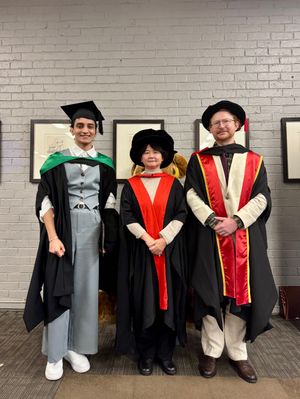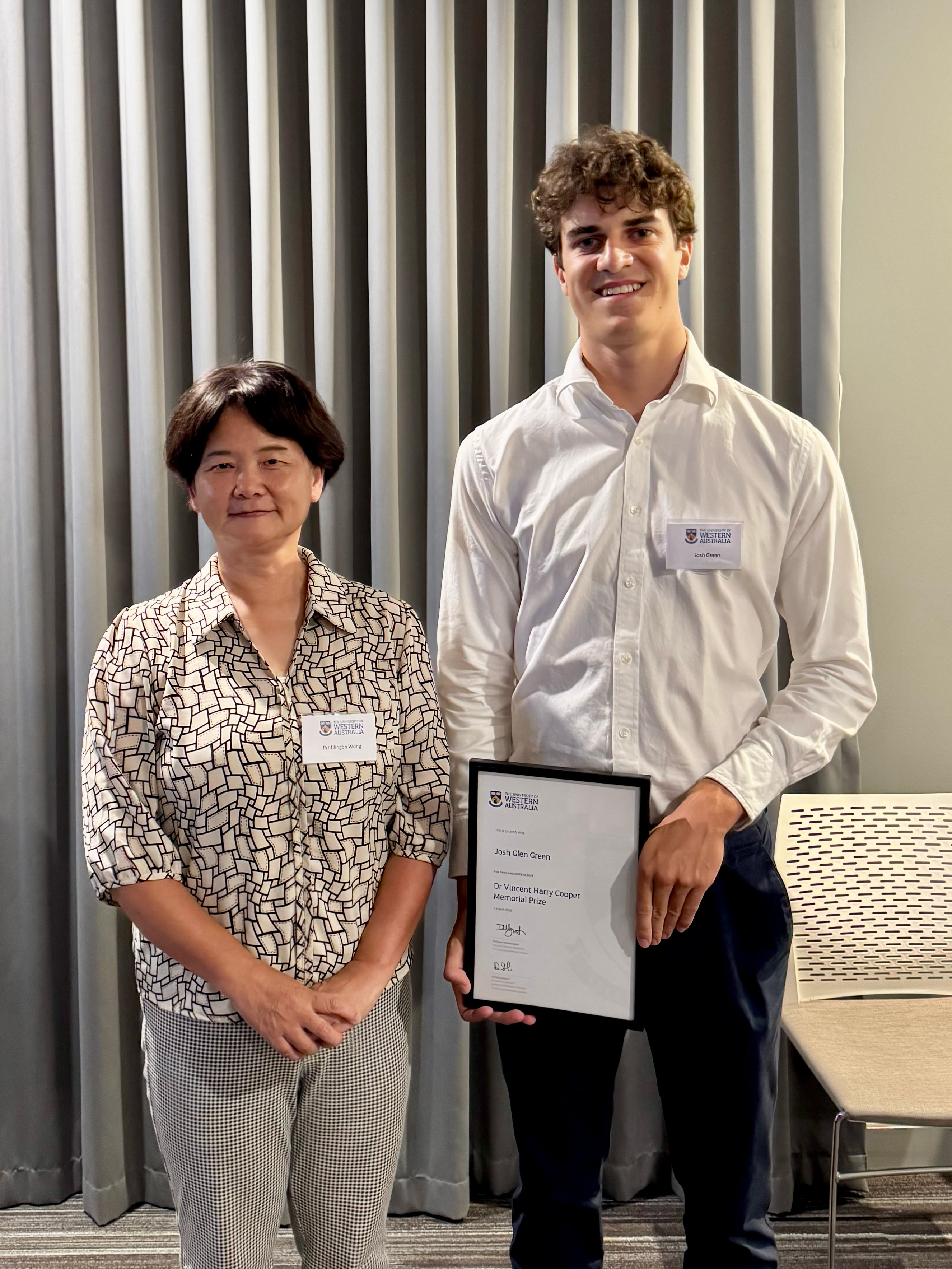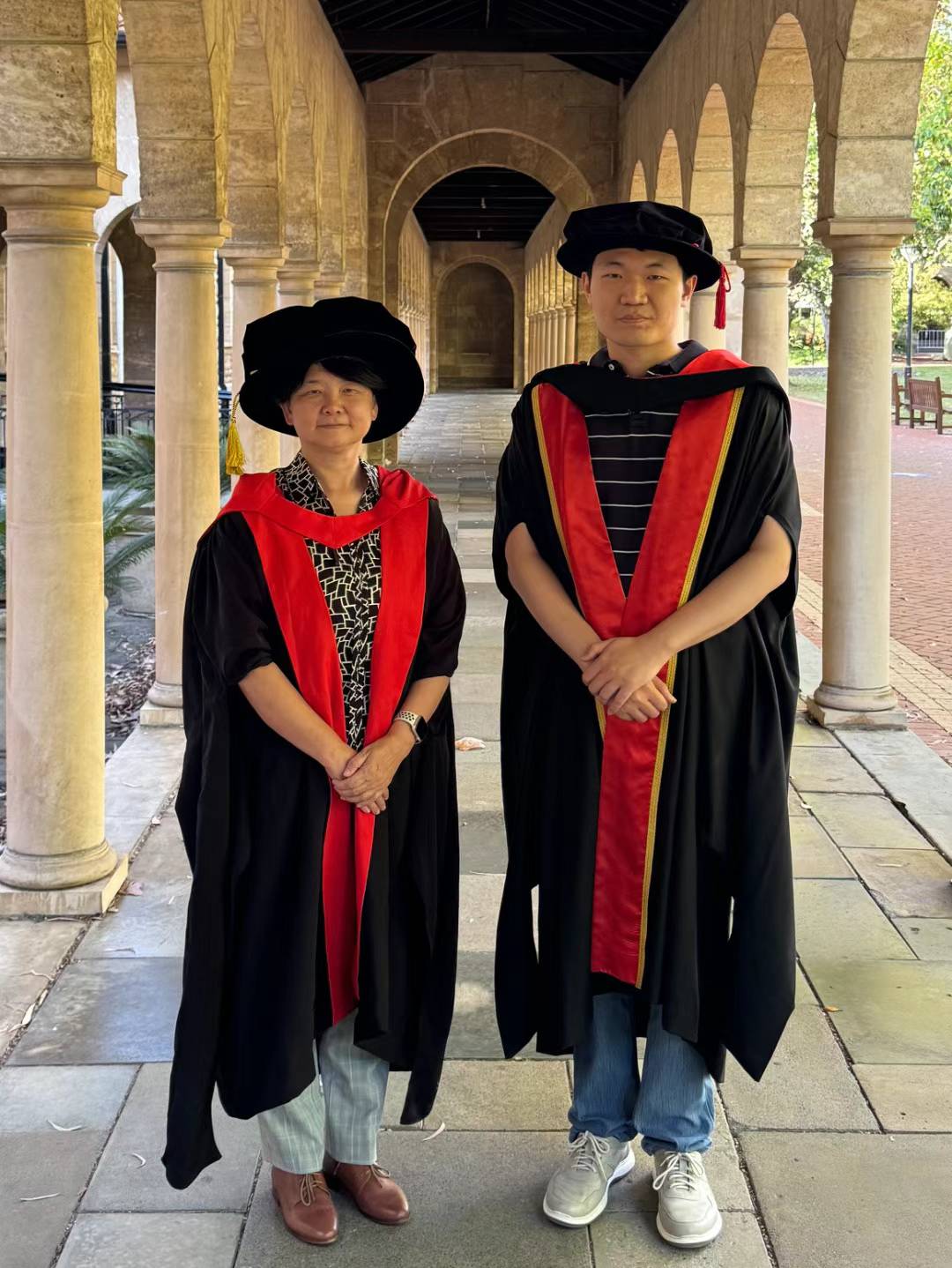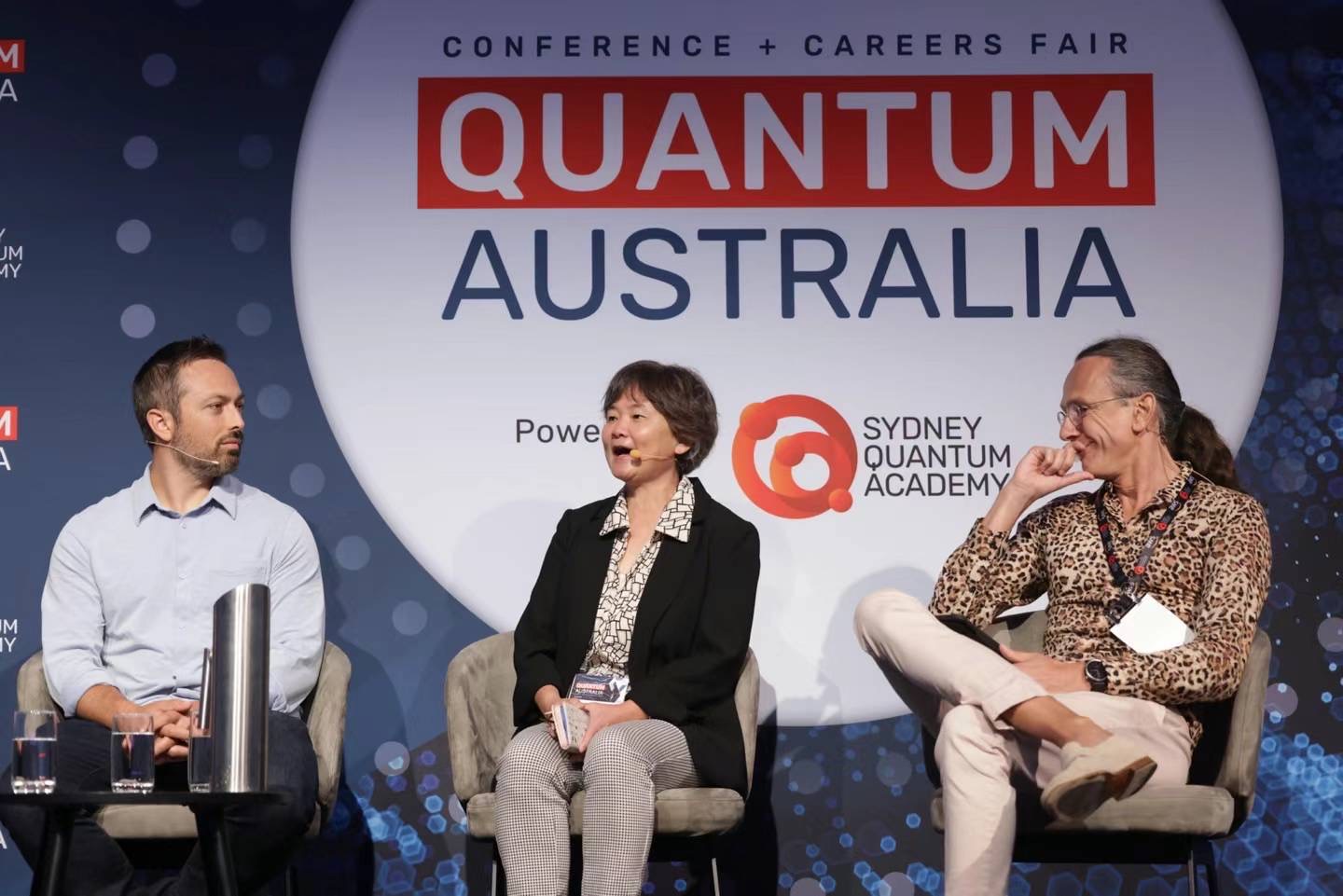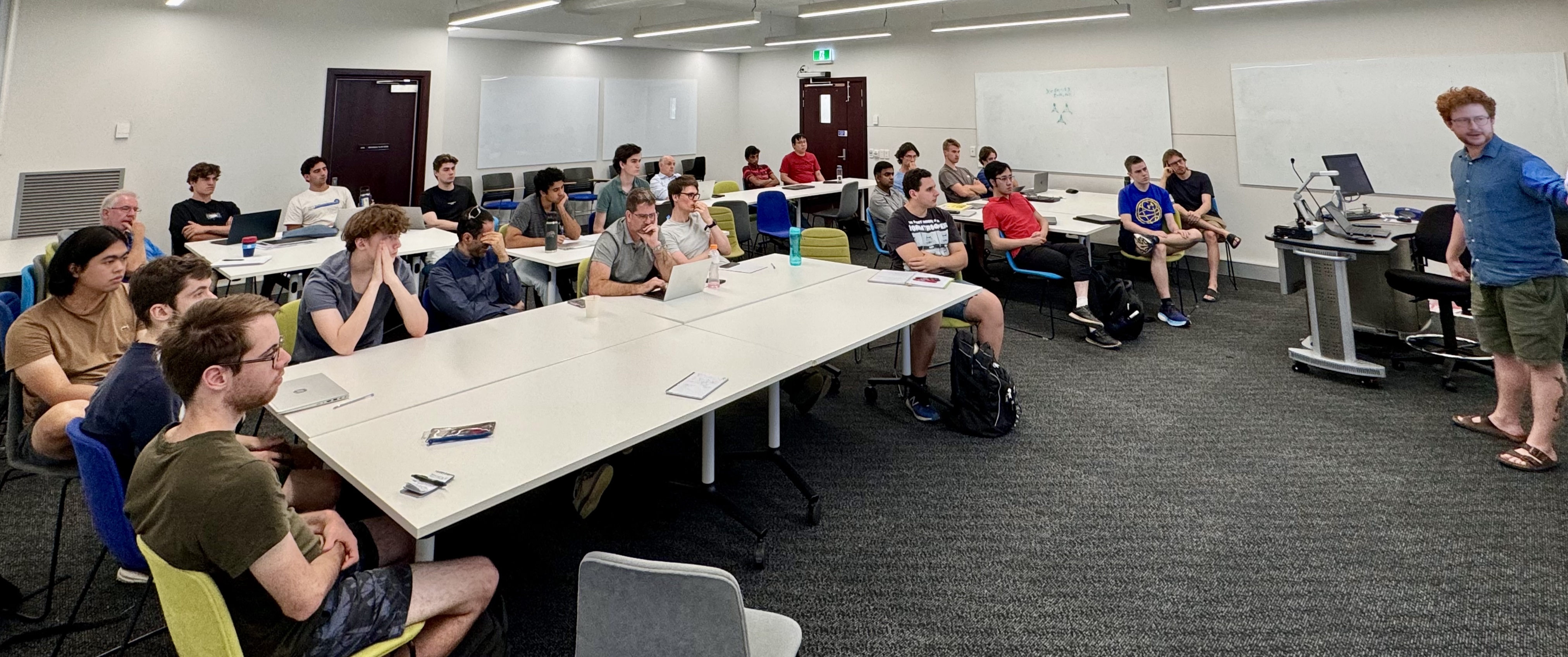The Microsoft Majorana 1 chip currently has 8 qubits. These are topological qubits, which are designed to be more stable and less prone to errors compared to traditional qubits, thanks to their unique properties based on Majorana zero modes.
Microsoft has outlined an ambitious roadmap to scale up to 1 million qubits on a single chip. This significant jump from 8 qubits is made feasible by their new architecture, which leverages the inherent stability of topological qubits. The company believes this approach provides a clear path to fitting a million qubits onto a single chip, a claim supported by the enhanced error resistance of their qubit design.
-------------------------------------------------------
Below is further discussion beyond Nature, 638, 651 (2025). The community is awaiting additional details from Chetan Nayak (the lead author) on the four Majorana zero modes they are said to have observed at the APS March Meeting.
From Chetan Nayak:
Readers of our Nature paper may have noticed that the paper was submitted on March 5, 2024 and published on February 19, 2025. We have continued to make progress in the intervening year. I showed you these new results during our call, and I presented them in detail to more than 100 researchers from across industry and academia at the Station Q meeting this week. I’ll discuss them during my talk at the APS March Meeting.
We have fabricated a two-sided tetron (in the terminology of Phys. Rev. B 95, 235305 (2017)). Both nanowires were tuned into the topological phase via the topological gap protocol, as in Phys. Rev. B 107, 245423 (2023). This is the topological qubit configuration: there are 4 Majorana zero modes (MZMs), one at each end of each topological nanowire.
We have performed both Z and X measurements. These are the basic native operations in a measurement-based topological qubit. In the Z measurement (which measures the fermion parity of one of the nanowires) we see errors occurring on a time scale of ~10 milliseconds, and we attribute them to “poisoning” by above-gap quasiparticles. In the X-measurement (which measures the fermion parity between MZMs on two different nanowires), we see errors on a 5 microsecond time scale, and we attribute them to the overlap between the MZMs at the opposite ends of a wire.
The Microsoft Majorana 1 chip currently has 8 qubits. These are topological qubits, which are designed to be more stable and less prone to errors compared to traditional qubits, thanks to their unique properties based on Majorana zero modes.
Microsoft has outlined an ambitious roadmap to scale up to 1 million qubits on a single chip. This significant jump from 8 qubits is made feasible by their new architecture, which leverages the inherent stability of topological qubits. The company believes this approach provides a clear path to fitting a million qubits onto a single chip, a claim supported by the enhanced error resistance of their qubit design.
-------------------------------------------------------
Below is further discussion beyond Nature, 638, 651 (2025). The community is awaiting additional details from Chetan Nayak (the lead author) on the four Majorana zero modes they are said to have observed at the APS March Meeting.
From Chetan Nayak:
Readers of our Nature paper may have noticed that the paper was submitted on March 5, 2024 and published on February 19, 2025. We have continued to make progress in the intervening year. I showed you these new results during our call, and I presented them in detail to more than 100 researchers from across industry and academia at the Station Q meeting this week. I’ll discuss them during my talk at the APS March Meeting.
We have fabricated a two-sided tetron (in the terminology of Phys. Rev. B 95, 235305 (2017)). Both nanowires were tuned into the topological phase via the topological gap protocol, as in Phys. Rev. B 107, 245423 (2023). This is the topological qubit configuration: there are 4 Majorana zero modes (MZMs), one at each end of each topological nanowire.
We have performed both Z and X measurements. These are the basic native operations in a measurement-based topological qubit. In the Z measurement (which measures the fermion parity of one of the nanowires) we see errors occurring on a time scale of ~10 milliseconds, and we attribute them to “poisoning” by above-gap quasiparticles. In the X-measurement (which measures the fermion parity between MZMs on two different nanowires), we see errors on a 5 microsecond time scale, and we attribute them to the overlap between the MZMs at the opposite ends of a wire.
